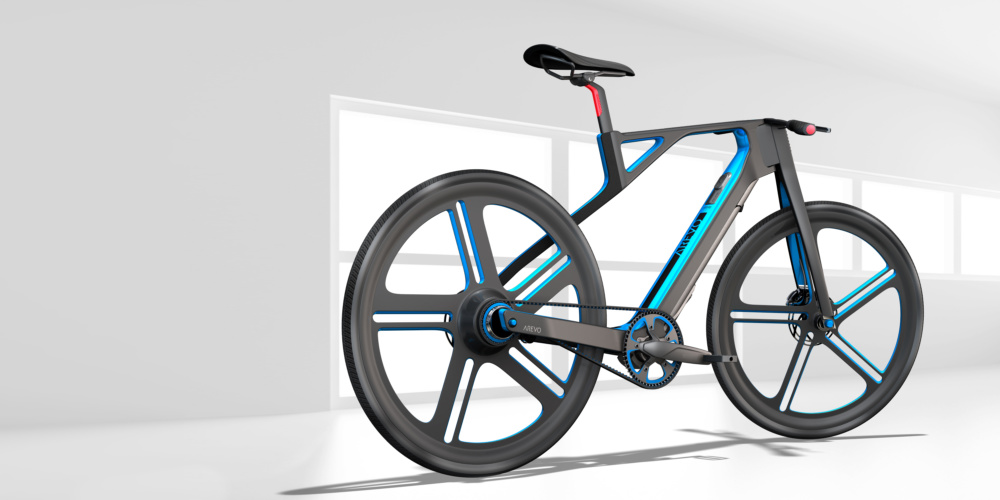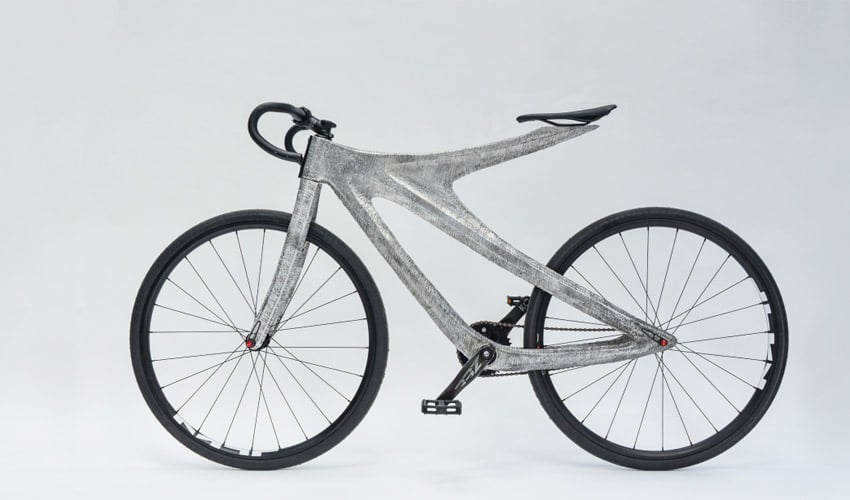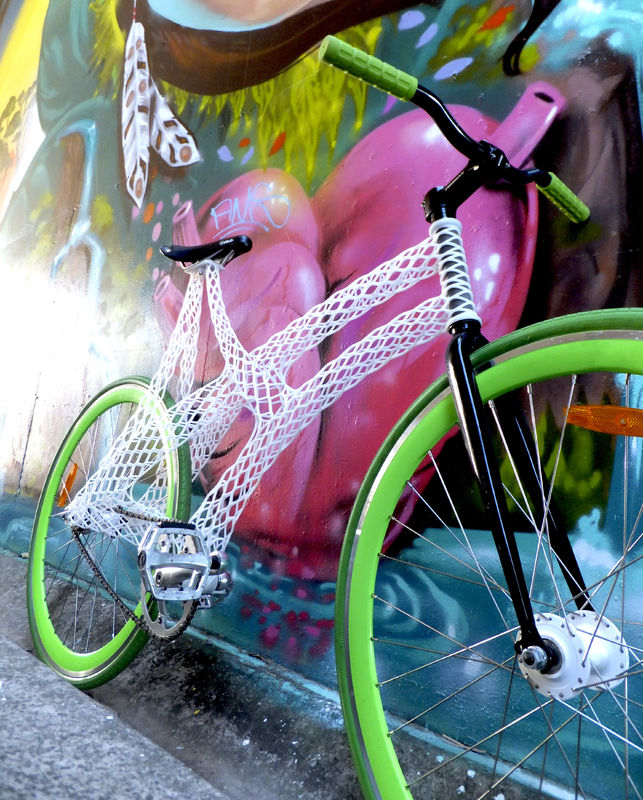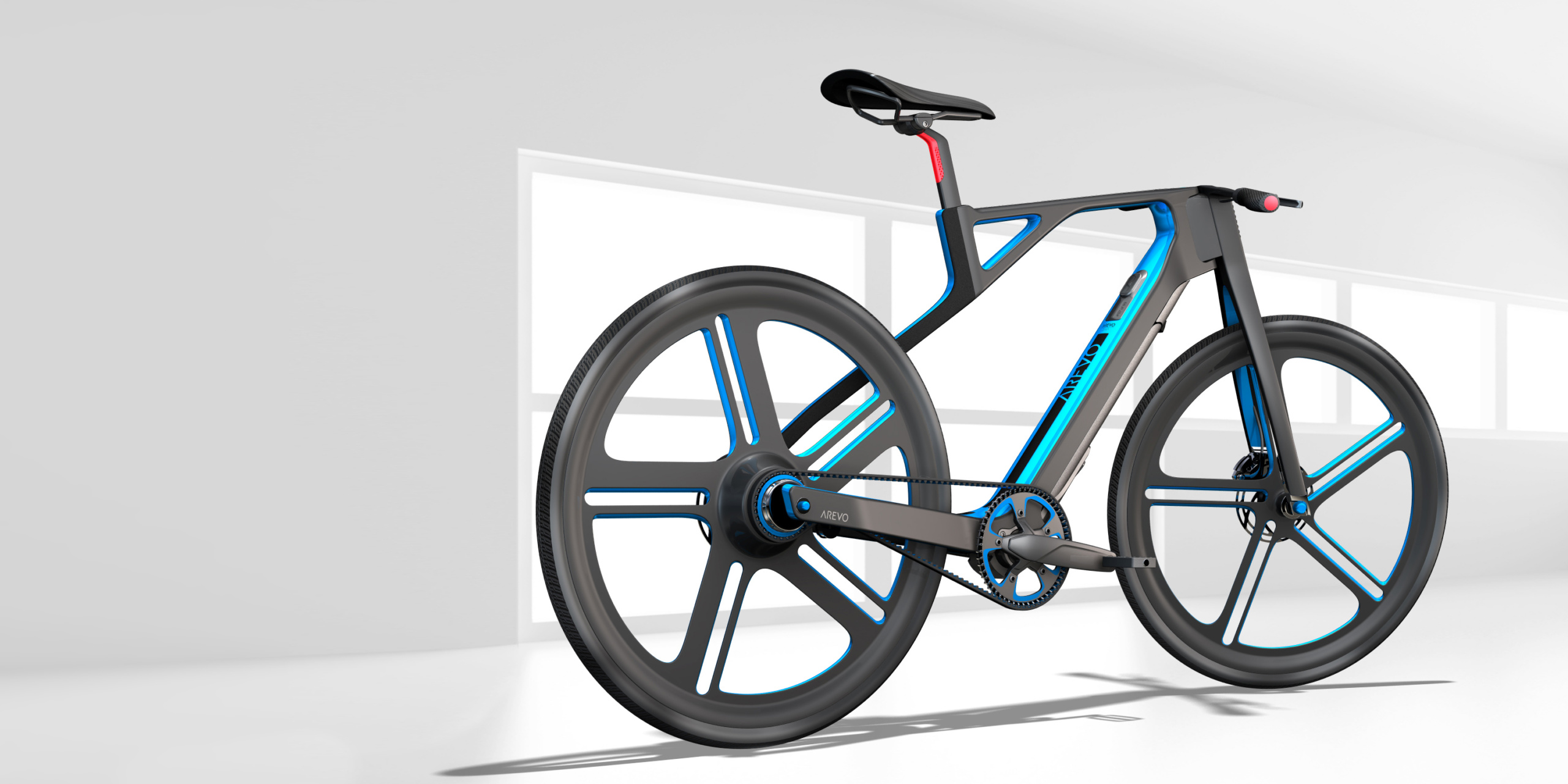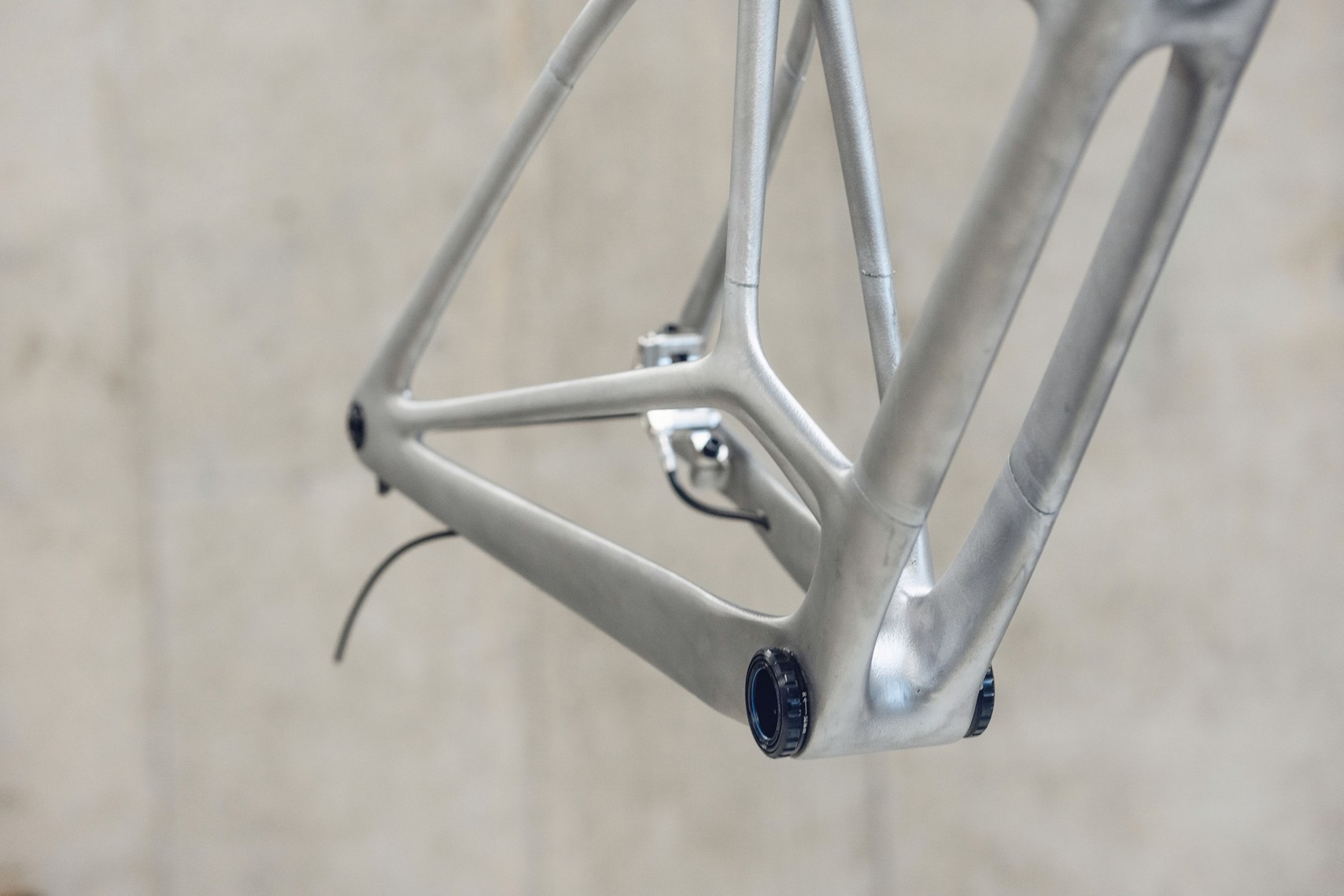The Emergence of 3D Printing in Bicycle Manufacturing
3D printing, also known as additive manufacturing, is revolutionizing various industries, including the bicycle manufacturing sector. This innovative technology offers numerous advantages, such as design freedom, weight reduction, and customization, which can significantly impact the way bike frames are designed and produced. By enabling the creation of complex geometries and lightweight structures, 3D printing bike frames has the potential to enhance performance, aesthetics, and sustainability in the cycling world.
Key Considerations for 3D Printing a Bike Frame
When embarking on the journey to create a 3D printed bike frame, there are several crucial factors to consider. Material selection, frame design, and printing techniques are essential elements that can significantly impact the safety, performance, and overall success of the final product. By carefully evaluating these factors, you can ensure a high-quality, reliable, and innovative 3D printed bike frame.
Material Selection
The choice of material plays a critical role in the performance, durability, and weight of the 3D printed bike frame. Common materials used in 3D printing include plastics, such as ABS and PLA, and metal alloys, such as titanium, aluminum, and steel. Each material has its unique properties, advantages, and limitations. For instance, titanium offers excellent strength-to-weight ratio and corrosion resistance, while PLA is a cost-effective and eco-friendly option. Consider the specific requirements of your bike frame, such as weight, strength, and durability, when selecting the appropriate material.
Frame Design
3D printing allows for the creation of complex geometries and structures that would be challenging or impossible to achieve with traditional manufacturing methods. Designers can take advantage of this freedom to create innovative and aerodynamic frame shapes, lattice structures, and customized components that enhance performance, aesthetics, and comfort. However, it is essential to ensure that the design is structurally sound, functional, and compliant with industry standards. Collaborating with experienced engineers and designers can help you create an optimal frame design for your 3D printed bike frame.
Printing Techniques
Various 3D printing techniques are available, each with its unique advantages and challenges. Some common techniques include Fused Deposition Modeling (FDM), Stereolithography (SLA), and Selective Laser Sintering (SLS). FDM is a popular and cost-effective method that involves extruding and depositing molten plastic layer by layer. SLA uses a laser to solidify liquid resin, resulting in high-resolution and detailed prints, while SLS employs a laser to sinter powdered material, creating robust and durable parts. Understanding the capabilities and limitations of each printing technique can help you choose the most suitable method for your 3D printed bike frame project.
Popular 3D Printed Bike Frame Projects
Several successful 3D printed bike frame projects have emerged in recent years, showcasing the potential of this innovative technology. These projects demonstrate the unique features, benefits, and possibilities of 3D printing in bicycle manufacturing.
Airbike by Arevo
The Airbike by Arevo is a groundbreaking 3D printed bike frame that leverages Arevo’s patented software, robotics, and materials technologies. The frame is made using a continuous carbon fiber composite material, resulting in a lightweight, strong, and durable structure. The unique production process enables the creation of complex geometries and customized designs, making the Airbike an excellent example of the potential of 3D printing in bicycle manufacturing.
Essax Frame
The Essax frame is another successful 3D printed bike frame project that highlights the advantages of this technology. The frame is manufactured using Selective Laser Sintering (SLS) technology, which allows for the creation of intricate lattice structures that enhance stiffness, strength, and weight reduction. The Essax frame is a testament to the design freedom and customization possibilities offered by 3D printing, as it can be tailored to suit individual riders’ preferences and requirements.
How to Create Your Own 3D Printed Bike Frame
Creating your own 3D printed bike frame can be an exciting and rewarding endeavor. By following a step-by-step process, you can design, print, and assemble a customized bike frame tailored to your preferences and requirements. Here’s a comprehensive guide to help you get started:
Designing the Frame
Begin by creating a 3D model of your bike frame using CAD (Computer-Aided Design) software. Consider factors such as frame geometry, rider fit, and desired performance characteristics. Ensure that the design is structurally sound, functional, and compliant with industry standards. Various online resources and tutorials can assist you in creating an optimal 3D model for your 3D printed bike frame.
Selecting the Right 3D Printer and Materials
Choose a 3D printer that suits your project’s requirements and budget. Factors to consider include print volume, print speed, layer resolution, and compatibility with your chosen material. Common materials for 3D printing bike frames include plastics, such as ABS and PLA, and metal alloys, such as titanium, aluminum, and steel. Evaluate the specific properties, advantages, and limitations of each material to make an informed decision.
Printing the Frame
Prepare your 3D printer by leveling the build plate, calibrating the extruder, and ensuring that the firmware is up-to-date. Slice your 3D model into layers using slicing software, which converts the 3D model into machine instructions for your printer. Adjust print settings, such as layer height, print speed, and temperature, to optimize print quality and durability. Initiate the print and monitor the process to ensure successful completion.
Post-Processing
After printing, remove the frame from the build plate and clean up any support structures or imperfections. Sand, polish, and apply a protective coating to enhance the frame’s appearance and durability. Assemble the frame with the necessary components, such as the fork, wheels, and drivetrain, following best practices and safety guidelines.
The Future of 3D Printing in Bicycle Manufacturing
As 3D printing technology continues to advance, its potential applications in the bicycle industry are vast and transformative. By embracing this innovative technology, manufacturers can explore new possibilities in mass customization, sustainable manufacturing, and groundbreaking designs.
Mass Customization
3D printing enables manufacturers to create customized bike frames tailored to individual riders’ preferences and requirements. By integrating digital scanning and 3D modeling techniques, manufacturers can capture precise measurements and generate personalized bike frames that optimize fit, comfort, and performance. This level of customization can lead to improved rider satisfaction, reduced injury risk, and enhanced overall cycling experience.
Sustainable Manufacturing
3D printing offers the potential for sustainable manufacturing practices by reducing waste, energy consumption, and carbon emissions. Traditional manufacturing methods often involve subtractive processes that generate significant material waste. In contrast, 3D printing is an additive process that builds parts layer by layer, minimizing material waste and lowering energy consumption. Additionally, 3D printing allows for localized production, reducing the need for long-distance transportation and contributing to a more environmentally friendly manufacturing process.
Innovative Designs
3D printing technology offers unparalleled design freedom, enabling the creation of complex geometries, lattice structures, and organic shapes that would be challenging or impossible to achieve with traditional manufacturing methods. Manufacturers can explore new design possibilities, such as aerodynamic frame shapes, integrated components, and adaptive structures that respond to external conditions. These innovative designs can lead to improved performance, enhanced aesthetics, and a unique cycling experience.
Balancing Cost and Benefits of 3D Printed Bike Frames
When considering the adoption of 3D printing technology for bike frame manufacturing, it is crucial to evaluate the cost-benefit analysis. Factors such as production costs, durability, and performance should be carefully weighed against the potential advantages of 3D printing, including design freedom, weight reduction, and customization.
Production Costs
While 3D printing technology has advanced significantly in recent years, it can still be more expensive than traditional manufacturing methods for high-volume production. The cost of materials, machine maintenance, and labor can add up quickly, making it essential to consider the financial implications of 3D printing bike frames. However, as the technology continues to evolve and become more accessible, these costs may decrease, making 3D printing a more viable option for bike manufacturers.
Durability and Performance
The durability and performance of 3D printed bike frames are critical factors to consider when evaluating the cost-benefit analysis. 3D printed frames must meet or exceed industry standards for strength, stiffness, and fatigue resistance to ensure rider safety and satisfaction. By selecting appropriate materials and optimizing print settings, manufacturers can produce 3D printed bike frames that rival traditional frames in terms of durability and performance. However, ongoing testing and validation are necessary to maintain confidence in the safety and reliability of 3D printed bike frames.
Potential Challenges and Limitations
Several challenges and limitations must be addressed when implementing 3D printing technology for bike frame manufacturing. These include the need for specialized skills and knowledge, the limited availability of suitable materials, and the potential for longer production times compared to traditional methods. By investing in training, research and development, and strategic partnerships, manufacturers can overcome these challenges and unlock the full potential of 3D printing for bike frame production.
Environmental Impact of 3D Printed Bike Frames
As the world becomes increasingly aware of the environmental impact of manufacturing processes, it is essential to consider the sustainability of 3D printed bike frames compared to traditional methods. By analyzing factors such as waste reduction, energy consumption, and carbon emissions, we can better understand the potential benefits of 3D printing technology in the bicycle industry.
Waste Reduction
One of the primary advantages of 3D printing technology is its ability to minimize material waste. Traditional manufacturing methods often involve subtractive processes, where excess material is removed to create the final product. In contrast, 3D printing is an additive process that builds objects layer by layer, using only the necessary material. This approach can significantly reduce waste and contribute to a more sustainable manufacturing process.
Energy Consumption
While 3D printing does consume energy during the manufacturing process, it has the potential to lower overall energy consumption in certain applications. For instance, localized production enabled by 3D printing can reduce the need for transportation, thereby lowering carbon emissions. Additionally, 3D printing can facilitate just-in-time manufacturing, minimizing the energy required for inventory storage and management.
Carbon Emissions
The potential for 3D printing to reduce carbon emissions is a promising aspect of this technology. By enabling localized production and reducing the need for transportation, 3D printing can contribute to lower overall carbon emissions. Furthermore, the ability to create lightweight components using 3D printing can lead to reduced energy consumption during the use phase of a product’s lifecycle. However, it is essential to consider the energy consumption and carbon emissions associated with 3D printing processes and materials to ensure a net positive impact.
Considerations for a Sustainable Future
To maximize the environmental benefits of 3D printing in the bicycle industry, manufacturers should focus on using eco-friendly materials, optimizing print settings, and implementing energy-efficient production processes. By adopting sustainable practices and continuously innovating, the bicycle industry can harness the power of 3D printing technology to minimize its environmental footprint and contribute to a more sustainable future.
Safety and Regulations for 3D Printed Bike Frames
As 3D printing technology continues to advance and finds its way into the bicycle industry, it is crucial to address safety and regulatory considerations for 3D printed bike frames. Ensuring compliance with industry standards, conducting crash testing, and addressing liability issues are essential to maintaining the safety and reliability of 3D printed bike frames.
Crash Testing
Crash testing is a critical aspect of evaluating the safety and performance of bike frames. For 3D printed bike frames, it is essential to conduct rigorous testing to ensure they can withstand real-world conditions and provide adequate rider protection. By replicating various crash scenarios and analyzing the performance of 3D printed frames, manufacturers can gain valuable insights into their safety and durability.
Industry Standards Compliance
Adhering to industry standards is crucial for ensuring the safety and reliability of 3D printed bike frames. Organizations such as the American Society for Testing and Materials (ASTM) and the International Organization for Standardization (ISO) establish guidelines and requirements for bike frame design, materials, and manufacturing processes. Manufacturers must ensure that their 3D printed bike frames meet or exceed these standards to maintain the trust and confidence of consumers.
Liability Issues
Addressing liability issues is an essential aspect of 3D printed bike frame manufacturing. Manufacturers must clearly define their role and responsibilities in the production process, as well as establish guidelines for product warranties and returns. By implementing robust quality control measures and maintaining detailed records of the 3D printing process, manufacturers can minimize potential liability risks and ensure the safety and reliability of their products.
Embracing the Future of Bicycle Manufacturing
As the bicycle industry continues to explore the potential of 3D printing technology, it is crucial to prioritize safety, regulatory compliance, and liability considerations. By adhering to industry standards, conducting rigorous crash testing, and addressing liability issues, manufacturers can unlock the full potential of 3D printing for bike frame manufacturing while ensuring the safety and satisfaction of their customers.


